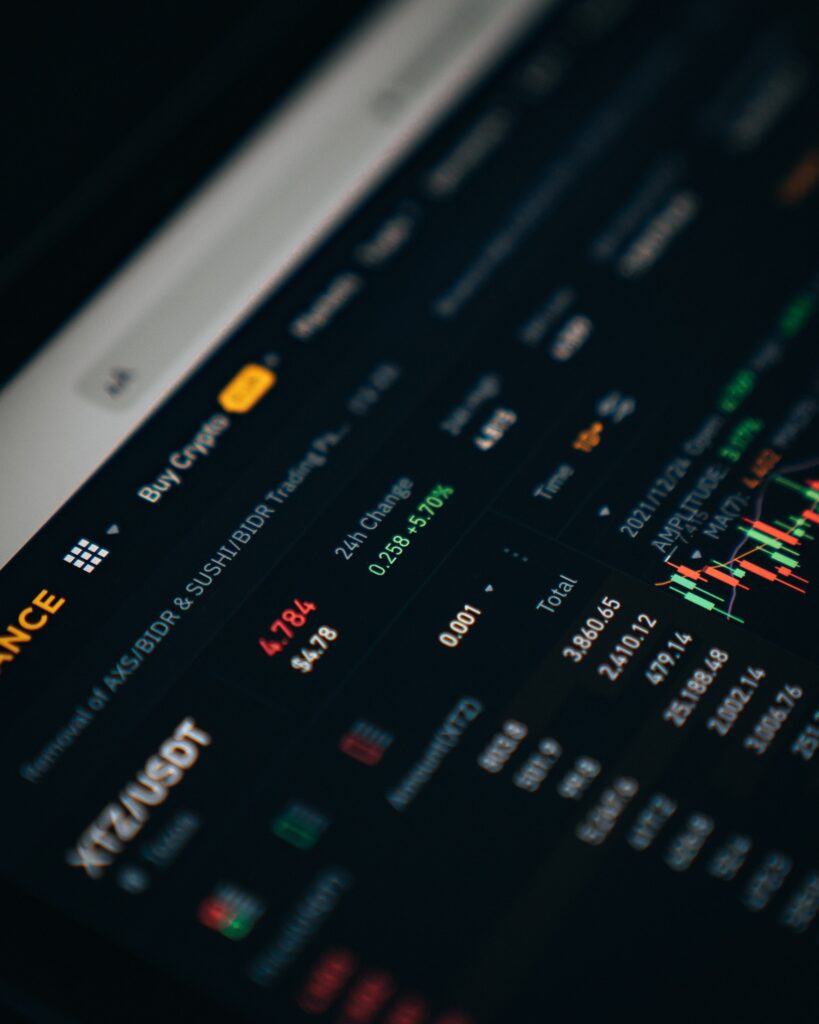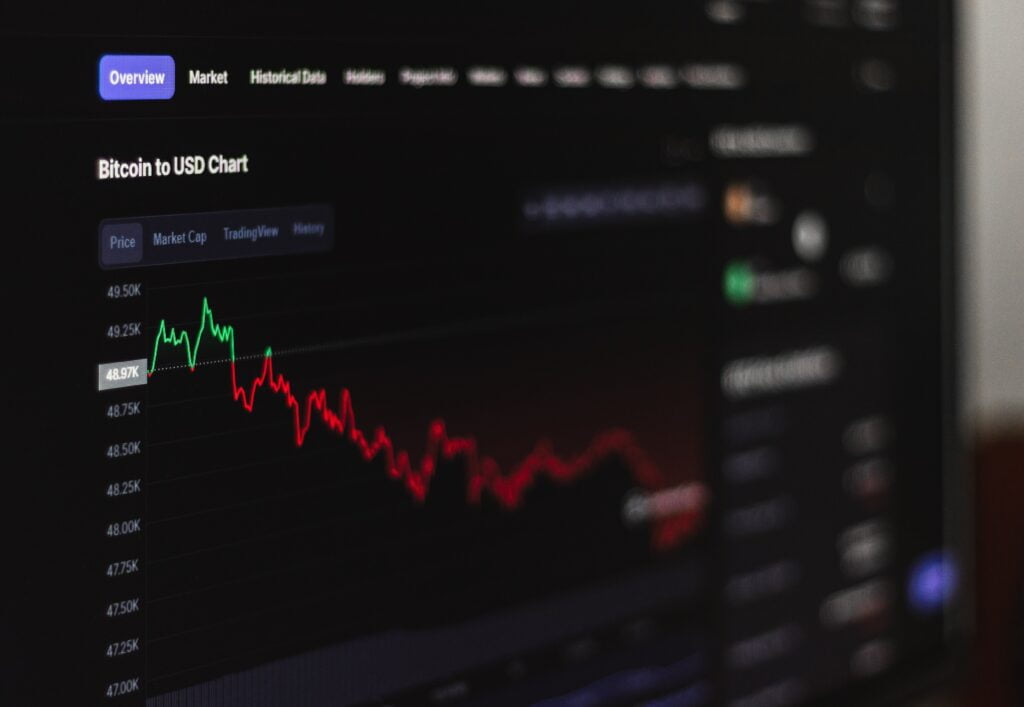Warning: Undefined array key 0 in /home/u117450413/domains/smartblog91.com/public_html/wp-content/plugins/seo-image-optimizer/options/option-panel.php on line 141
Deprecated: pathinfo(): Passing null to parameter #1 ($path) of type string is deprecated in /home/u117450413/domains/smartblog91.com/public_html/wp-content/plugins/seo-image-optimizer/options/option-panel.php on line 141
Warning: Undefined array key 0 in /home/u117450413/domains/smartblog91.com/public_html/wp-content/plugins/seo-image-optimizer/options/option-panel.php on line 141
Deprecated: pathinfo(): Passing null to parameter #1 ($path) of type string is deprecated in /home/u117450413/domains/smartblog91.com/public_html/wp-content/plugins/seo-image-optimizer/options/option-panel.php on line 141
Warning: Undefined array key 0 in /home/u117450413/domains/smartblog91.com/public_html/wp-content/plugins/seo-image-optimizer/options/option-panel.php on line 141
Deprecated: pathinfo(): Passing null to parameter #1 ($path) of type string is deprecated in /home/u117450413/domains/smartblog91.com/public_html/wp-content/plugins/seo-image-optimizer/options/option-panel.php on line 141
Warning: Undefined array key 0 in /home/u117450413/domains/smartblog91.com/public_html/wp-content/plugins/seo-image-optimizer/options/option-panel.php on line 141
Deprecated: pathinfo(): Passing null to parameter #1 ($path) of type string is deprecated in /home/u117450413/domains/smartblog91.com/public_html/wp-content/plugins/seo-image-optimizer/options/option-panel.php on line 141
Futures trading, a dynamic and sophisticated realm of financial transactions, has captivated the attention of investors seeking to capitalize on market fluctuations. Unlike stock trading, where ownership of underlying assets is transferred, futures contracts involve agreements to buy or sell an asset at a predetermined price on a specified date. This unique structure presents both lucrative opportunities and inherent risks, prompting the need for well-defined strategies to navigate the complexities of futures trading.
Table of Contents
1. Trend Following: Riding the Waves of Market Momentum
Trend following strategies capitalize on established price trends, aiming to profit from the continuation of upward or downward movements. Technical analysis plays a pivotal role in this approach, as traders employ indicators like moving averages and trendlines to identify and capitalize on prevailing trends.

2. Range Trading: Capturing Profits within Defined Boundaries
Range trading strategies focus on exploiting price movements within established trading ranges, characterized by support and resistance levels. Traders enter and exit positions at predetermined points within these ranges, aiming to profit from consistent price reversals.
3. Breakout Trading: Capitalizing on Decisive Price Breaks
Breakout trading strategies seek to capture profits when prices break through established support or resistance levels, signaling a potential shift in market sentiment. Traders anticipate these breakouts and position themselves accordingly, aiming to capitalize on the momentum of the breakout.
4. Spread Trading: Exploiting Price Relationships between Assets
Spread trading strategies involve simultaneously buying and selling futures contracts of two or more correlated assets, profiting from the difference, or “spread,” between their prices. This approach aims to mitigate the impact of directional market movements, focusing on the relative price relationship between the assets.
5. Order Flow Trading: Decoding the Language of Market Orders
Order flow trading strategies analyze the flow of orders into and out of the market, seeking to identify patterns that can predict future price movements. Traders utilize tools like order books and time and sales data to decipher the intentions of market participants.
Essential Considerations for Futures Trading Success
While futures trading strategies offer promising avenues for profit, it is crucial to approach this market with caution and a comprehensive understanding of its inherent risks. Before embarking on this journey, traders should:
- Develop a Solid Foundation: Gain a thorough understanding of futures contracts, market dynamics, and risk management principles.
- Establish Clear Objectives: Define specific trading goals and risk tolerance levels.
- Choose Appropriate Strategies: Select strategies aligned with risk tolerance, market conditions, and trading style.
- Implement Rigorous Risk Management: Employ stop-loss orders, position sizing, and diversification techniques to minimize potential losses.
- Seek Continuous Learning: Stay abreast of market developments, refine strategies, and adapt to evolving market conditions.
Futures trading, when approached with discipline, risk management, and a strategic mindset, can unveil rewarding opportunities in the dynamic world of financial markets. By leveraging effective strategies and a deep understanding of market dynamics, traders can navigate the complexities of futures trading and pursue their financial aspirations.

FAQ: Futures Trading Strategies
What are futures trading strategies?
Futures trading strategies are methods for entering and exiting futures contracts to profit from price movements. These strategies can be broadly categorized into trend-following, range-trading, breakout trading, spread trading, and order flow trading.
What are the benefits of using futures trading strategies?
Futures trading strategies can help traders to:
- Increase their chances of profitable trades by employing disciplined and well-defined approaches.
- Manage their risk more effectively by setting stop-loss orders and limiting their exposure to potential losses.
- Adapt to different market conditions by selecting strategies that are suited to specific market environments.
- Develop a consistent trading approach by refining and refining their chosen strategy over time.
What are the risks of using futures trading strategies?
Futures trading is inherently risky, and even the most effective strategies cannot guarantee profits. Traders must be aware of the following risks:
- High Leverage: Futures contracts are often traded on margin, which means that traders can control a larger position with a smaller investment. However, this also means that losses can be magnified quickly.
- Market Volatility: Futures markets are often volatile, which can lead to sudden and unpredictable price movements. This can make it difficult to execute trades effectively and manage risk.
- Liquidity Risk: Some futures markets may have lower liquidity than others, which can make it difficult to enter or exit positions without causing a significant impact on prices.
How can I learn more about futures trading strategies?
There are many resources available to learn about futures trading strategies, including:
- Books and articles: There are numerous books and articles written on futures trading strategies. A good starting point is to read introductory books that cover the basics of futures trading before delving into more specialized strategy guides.
- Online courses: There are many online courses available that teach futures trading strategies. These courses can provide a structured learning environment and allow you to practice trading in simulated markets.
- Trading forums and communities: There are many online forums and communities where traders can discuss strategies, share ideas, and learn from each other. These can be a valuable resource for finding new strategies and staying up-to-date on market trends.
Should I trade futures without experience?
No, it is not advisable to trade futures without experience. Futures trading is a complex and risky endeavor that requires a thorough understanding of the market and the ability to manage risk effectively. Before trading futures, it is essential to gain experience through a demo account or by trading with a low risk tolerance.
What are some additional tips for futures trading success?
- Start with a small capital: It is important to start with a small capital when you are first learning to trade futures. This will help you to manage your risk and avoid large losses.
- Set realistic goals: Don’t expect to make a lot of money quickly in futures trading. Set realistic goals and focus on developing your trading skills.
- Be disciplined: Stick to your trading plan and don’t get emotional. Discipline is key to success in futures trading.
- Continuously learn: The futures markets are constantly evolving, so it is important to stay up-to-date on market trends and new strategies.
Conclusion: Navigating the Futures Market with Strategic Acumen
Futures trading, a realm brimming with potential rewards and inherent risks, offers traders a dynamic platform to capitalize on market fluctuations. By employing well-defined strategies and a disciplined approach to risk management, individuals can navigate this complex market and pursue their financial aspirations.
The diverse range of futures trading strategies, each tailored to specific market conditions and trading styles, serves as a testament to the versatility of this financial instrument. Trend-following strategies harness the power of prevailing market momentum, while range trading strategies exploit the stability of established price ranges. Breakout trading capitalizes on decisive price breaks, and spread trading explores the price relationships between correlated assets. Order flow trading deciphers the intentions of market participants through the analysis of order flow patterns.
Navigating the complexities of futures trading requires a fundamental understanding of the market dynamics, robust risk management practices, and a commitment to continuous learning. By diligently adhering to these principles, traders can cultivate a strategic mindset and maximize their chances of success in this dynamic arena.




